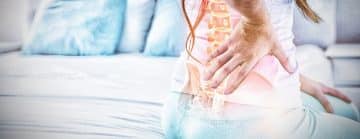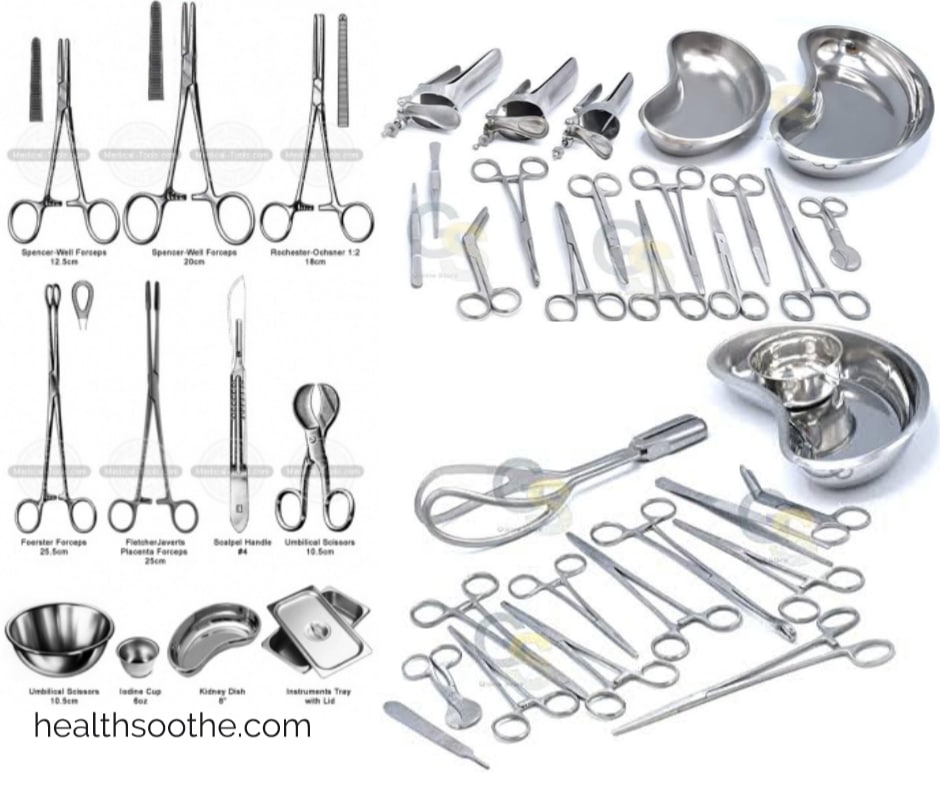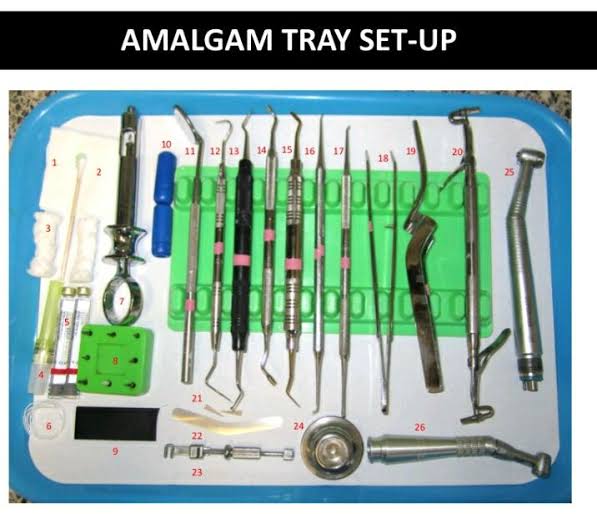The spine is a very important part of the body. After all, it’s what literally holds the body together and keeps it upright. If the spine malfunctions, then the person will most likely face difficulties in their daily life. While it may seem like it’s just one part of your body, the spine is actually a complex system made up of 26 bones, known as the vertebrae. Its main function is to support and protect the nerves inside the spinal cord.
Many spinal disorders are very common and have a high possibility of getting treated. But the key is early intervention. Once you experience some of its early symptoms, it’s very important to have these problems addressed right away. If left alone, these spinal problems could progress quickly and lead to severe effects.
There are many different conditions that can affect the spine, starting from the neck up to the lower back. Some of these are:
Arthritis Of The Spine
Arthritis is a very common problem experienced by people all over the world. In simpler terms, it refers to an inflammation of the joints that manifests as body pain. In this case, it’s the joints surrounding the neck, spine, and back area.
Arthritis can develop slowly, or overtime, and it’s usually also because of aging. Normal wear and tear of the back’s joints and muscles are one of the leading causes of arthritis. Read more to learn about spinal arthritis and other spinal disorders, along with the best treatment forms of each here.
Here are common symptoms of arthritis:
- Joint pain
- Swelling
- Redness of the skin around the back area where the joint pain is
- Loss of appetite due to effects in the immune system

Herniated Disc
A person suffering from a herniated disc means that there’s a problem in one of the discs that sit between the individual vertebrae that make up your spine. When this problem happens, it can irritate the surrounding nerves. In turn, it manifests as pain and weakness.
Here are some simple exercises that may help you manage and heal from a herniated disc:
- Neck stretches
- Towel hamstring stretch
- Knee to chest stretch
The symptoms of a herniated disc may vary depending on the location of the problem and your pain response. In severe instances, even simple activities, such as twisting, bending, and sitting may alleviate the pain.
Lower back Pain
Lower back pain is one of the most common spinal discomforts, and it’s also the easiest to treat. For many individuals, their onset of lower back pain may disappear within days.
Some of the most common treatment options for lower back pain are:
- Medication
- Physical therapy
- Epidural steroid blocks
The most problematic areas for lower back pain are those surrounding the rib and above the leg. This is typically caused by strain, overuse, and even aging. Lower back pain may also lead to serious injuries such as fractures.
Chronic Spine Pain
Back pain is one of the most common reasons people call in sick for the day. For some, this could be very minimal and manageable, while there are also those that suffer back pain at its extreme levels, hampering the body’s ability to function effectively.
Depending on how severe your back pain is, it can range anywhere from a simple ache to a burning and stabbing sensation. One of the leading causes of back pain has to do with the spine.
With proper home and self-care, chronic spine pain may be treated or alleviated. But here are some telltale signs that it’s time to see a doctor:
- It’s accompanied by sudden weight loss
- It persists even after a week
- It causes weakness and numbness in your back, all the way down to your legs
Chronic spine pain is usually treated by a doctor through the following treatment forms:
Physical therapy, which can include retraining your back posture, stretching, and aerobic exercises.
Diet, as some food you could be eating can be inflammatory, which can contribute to back pain.
Injection-based treatments, with the end goal of stopping or lessening the pain temporarily.
Pinched Nerve
A pinched nerve can occur throughout the entire body. But when it happens in your back, this is an after-effect of having a herniated disc.
Individuals at any age can suffer from pinched nerves, but it’s more common among the older population where spine degeneration and arthritis are evident.
Take this situation. When you have a herniated disc, it causes pressure on the surrounding nerves. In effect, it can also cause pinched nerve, with pain spanning all the way down to the back of your leg.
The symptoms of a pinched nerve include:
- Muscle weakness
- Sharp, aching, or burning pain
- Numbness in the affected areas
When surrounding tissues are under excessive pressure, you’ll begin to feel your nerves pinching. Some of the most common causes may be repetitive motions in the same area of the back, bone spurs, and obesity.
Mild cases of pinched nerves naturally go away on their own for about four to six weeks. However, signs of swelling and fluid formation should be a cause for concern as it can bring irreversible nerve damage. If your pain persists for the seventh week, consult your professional as soon as possible.
Sciatica
Sciatica refers to a spinal disorder involving pain around the upper legs, or the large sciatic nerve. This pain is usually accompanied by numbness, weakness, and tingling that starts from the back, down to the back of your leg.
Sciatica isn’t a spinal disorder by itself, but a symptom of other spinal conditions, including degenerative disc disease, spinal stenosis, and spondylolisthesis.
You may experience one or more of the following symptoms if you suffer from this medical condition:
- Sharp pain that makes walking and standing extremely painful and unbearable
- Constant throbbing pain on your leg’s side
- Tingling and searing buttock and leg pain
Moreover, pregnant women are more likely to experience back pain as the baby’s weight and position can put pressure on the mother’s sciatic nerve. Sciatica during pregnancy may only last a while when your baby’s position changes, but it can also be a recurring phenomenon. It’s best to inform your OB-GYN if you’re experiencing this issue, and they might suggest prenatal yoga and massage to relieve some pain and discomfort.
To manage sciatica, you’ve got to go back to its root cause. The following treatment forms may also help:
- Acupuncture
- Prescription medication
- Chiropractic medication
- Physical therapy
As always, exercise is recommended, but when your spine and back are involved, it’s always best to take it slow
Scoliosis
A patient who suffers from scoliosis has a curved spine. Generally, the curve can be C-shaped or S-shaped. Because of these changes in your spine’s alignment, scoliosis has to be treated as a whole-body condition, rather than one primarily centered on your back.
The early signs of scoliosis are:
- Misaligned eye levels of the person who suffers from scoliosis
- Abnormal head to hip line
- Uneven shoulder level, as one hangs higher than the other
Out of all spine disorders in this list, scoliosis is the most likely to affect different ages, particularly teens and younger adults. Poor posture, carrying heavy backpacks, and playing extreme sports are the most common causes of scoliosis among the younger population. Once you notice the signs and symptoms mentioned above, it’s recommended to seek professional help immediately to avoid further development of the disease.
Conclusion
If you feel you have any of the symptoms above, it’s time for you to take action and you should seek help from your doctor. Some spinal problems can begin from infancy, while there are also those that come in adulthood, sometimes as a result of age and even lifestyle. Whichever kind of problem you have, the most important tip to remember is to seek medical advice as soon as possible. You can improve your quality of life and not let your spinal disorder affect you, as long as you take action.








nice information about it.